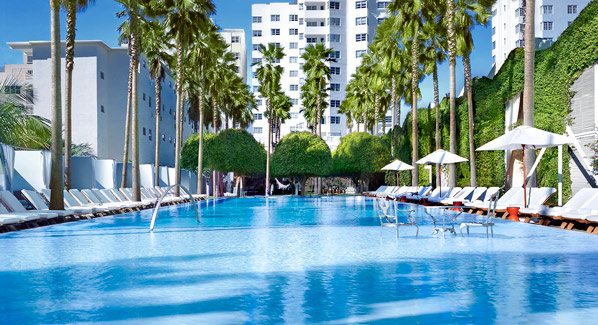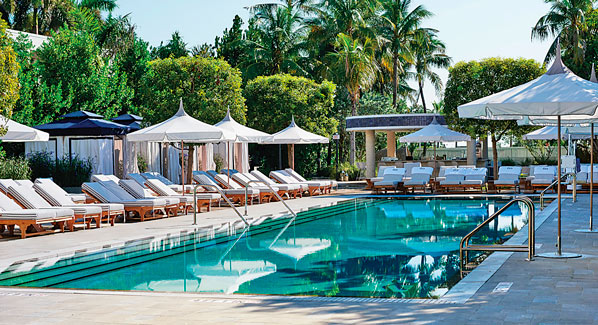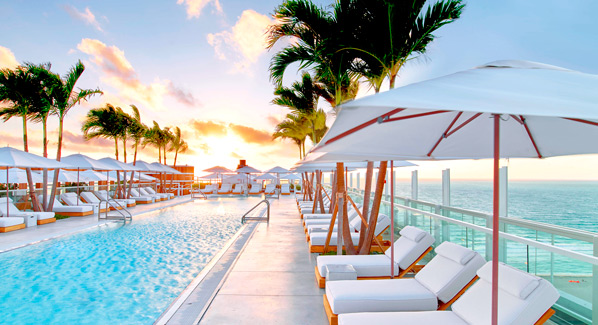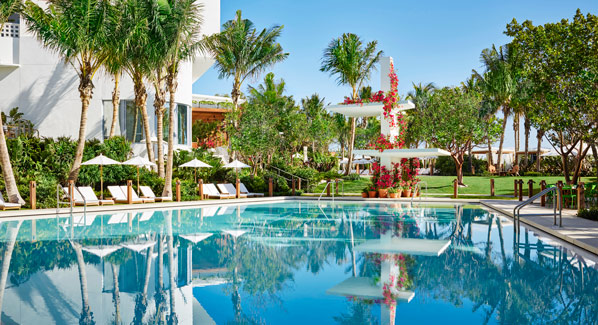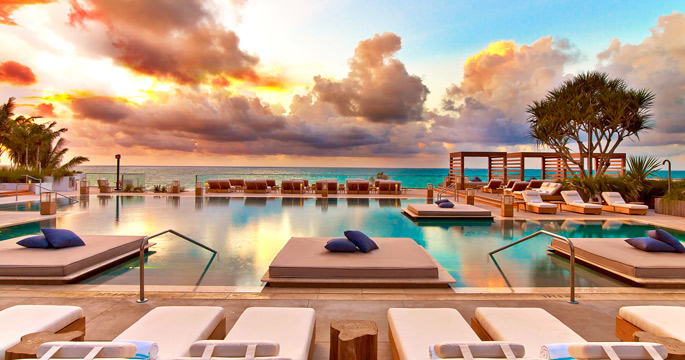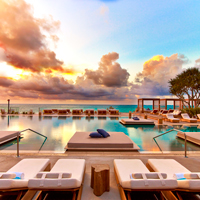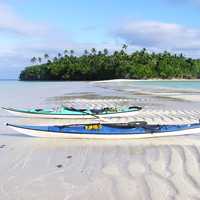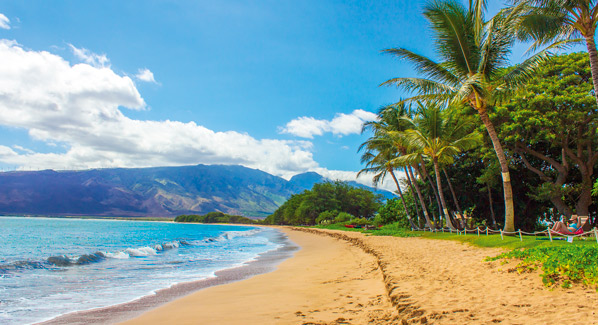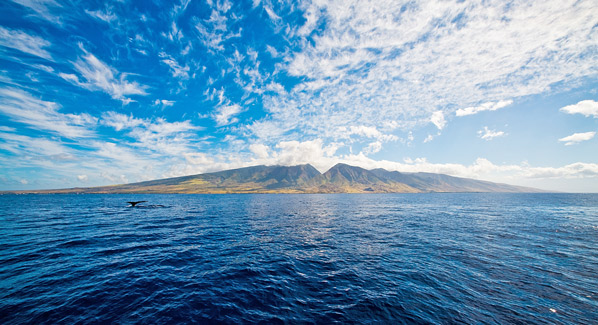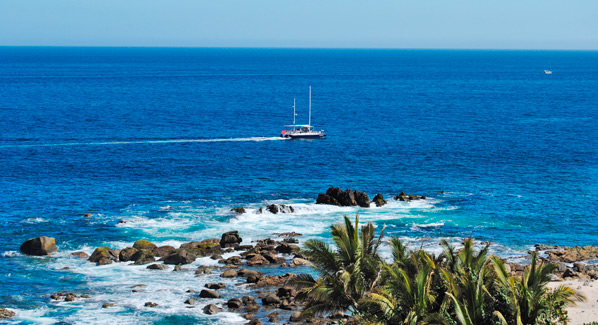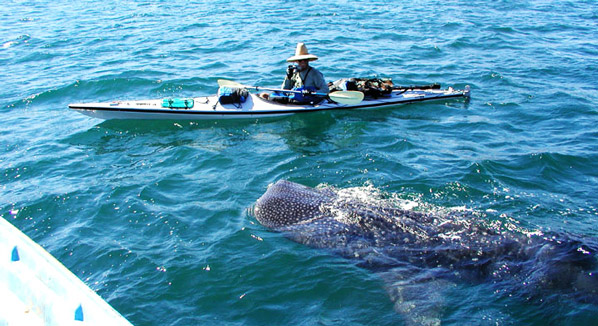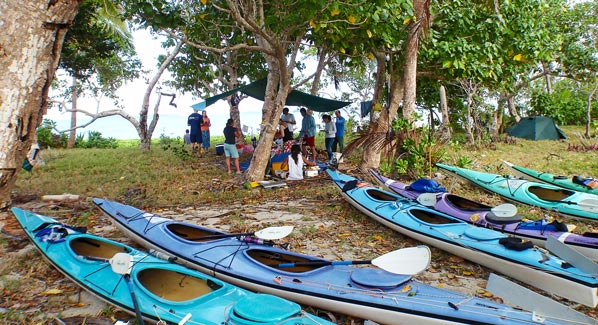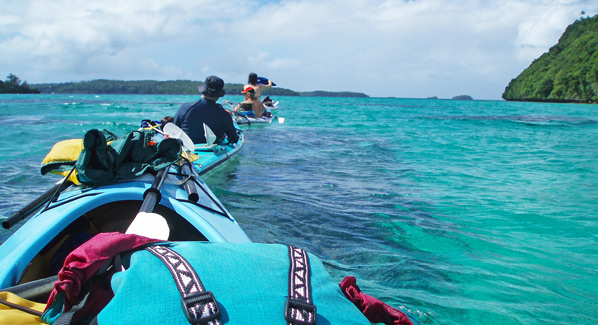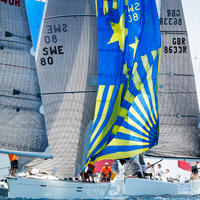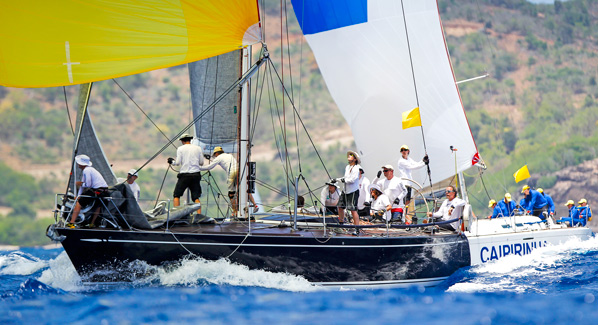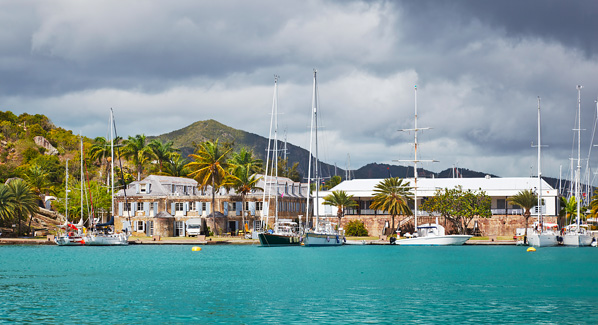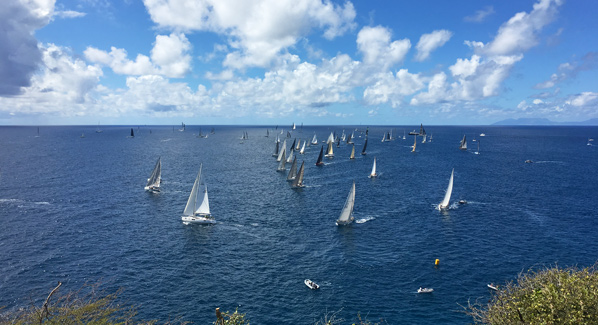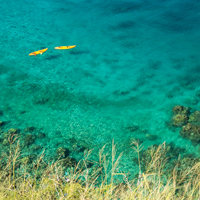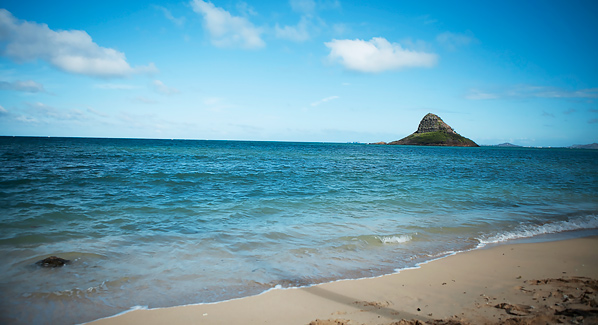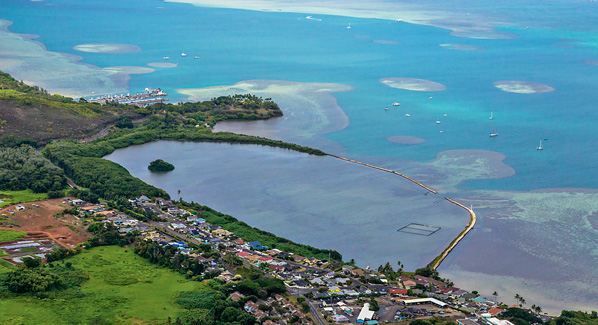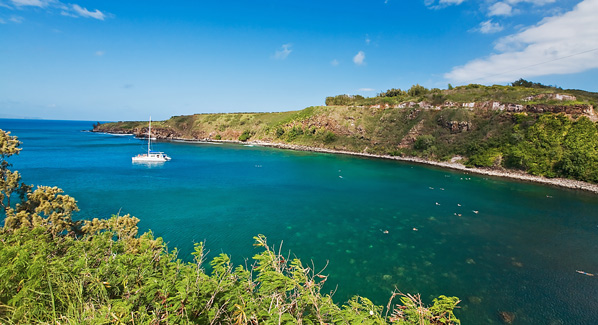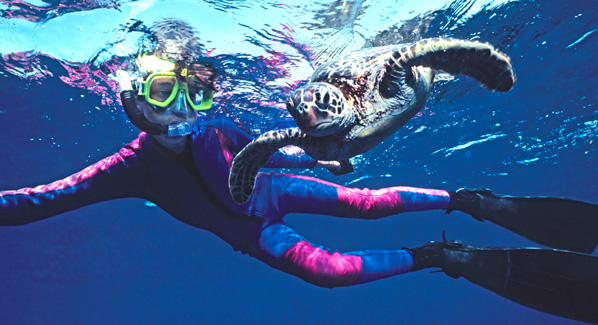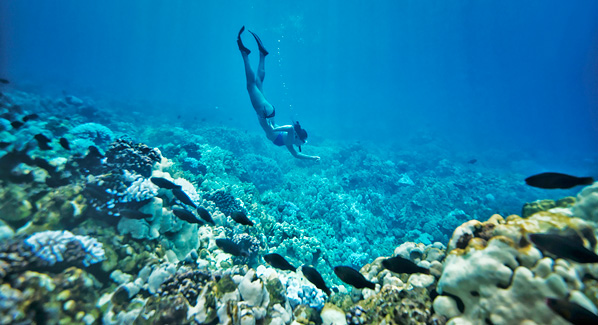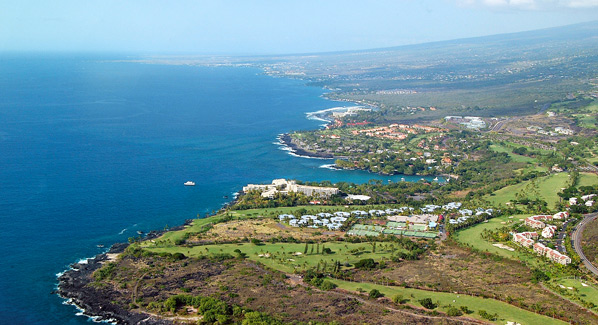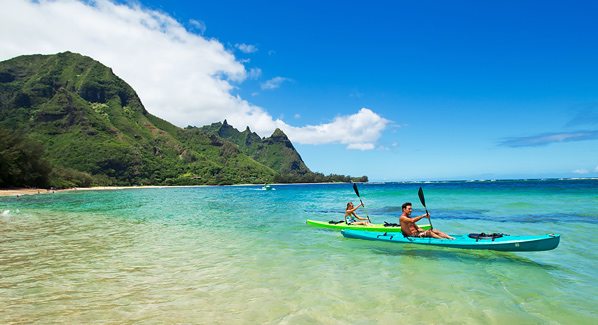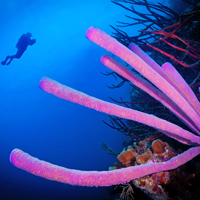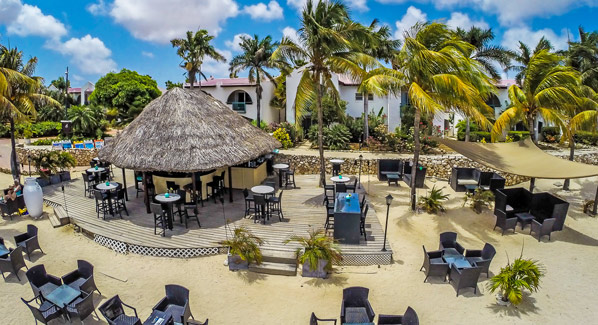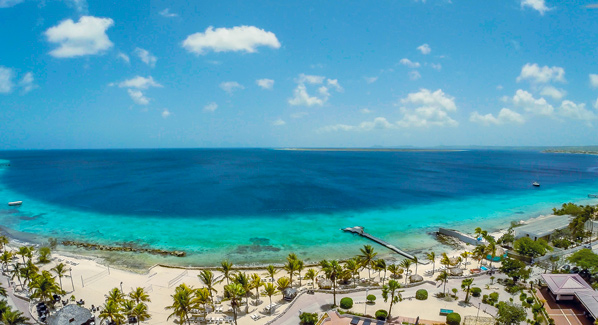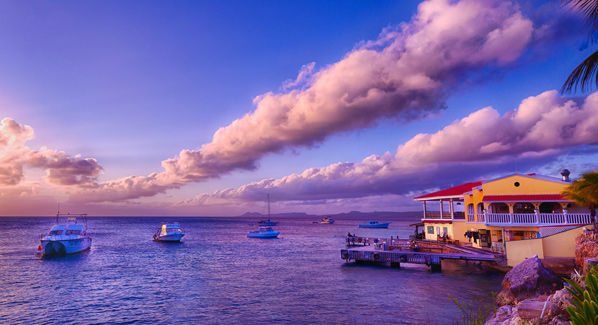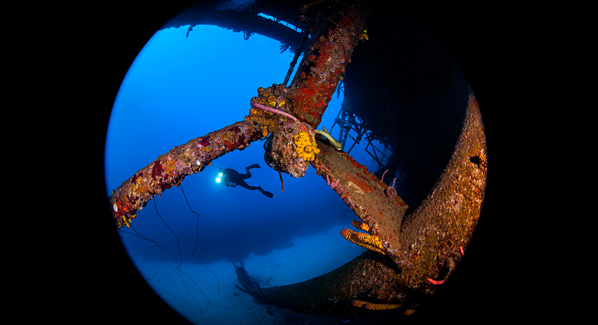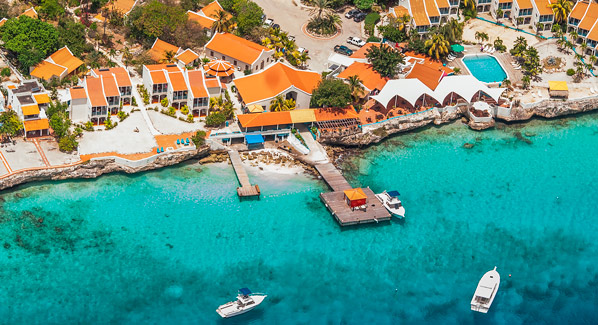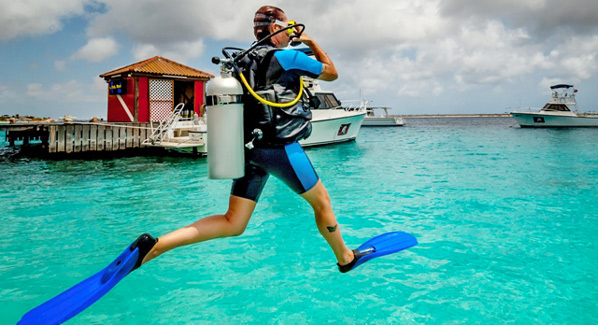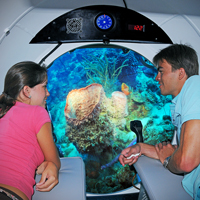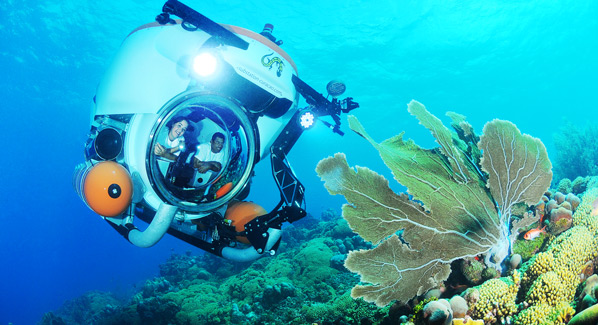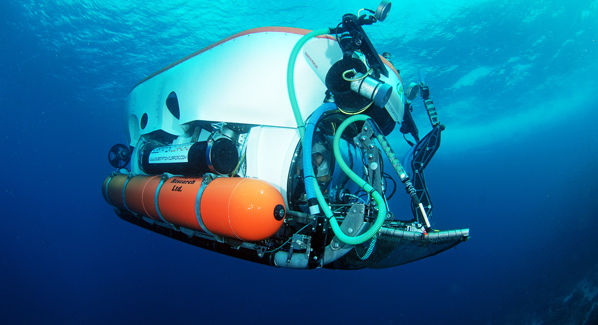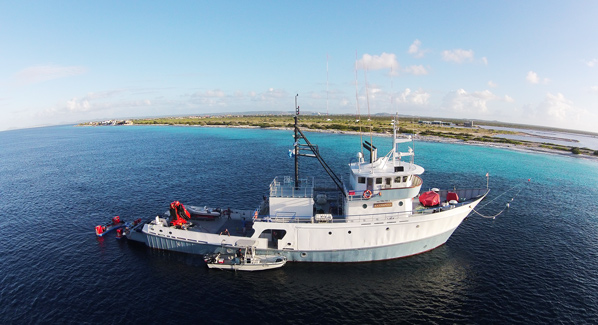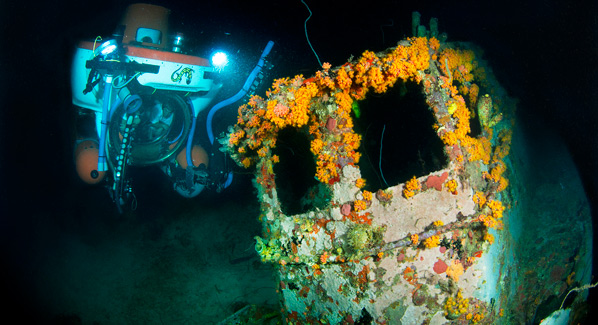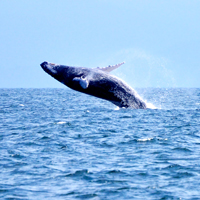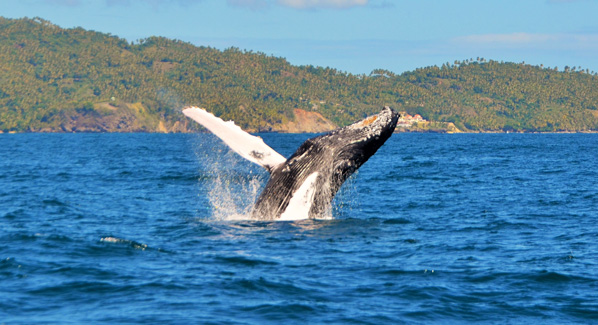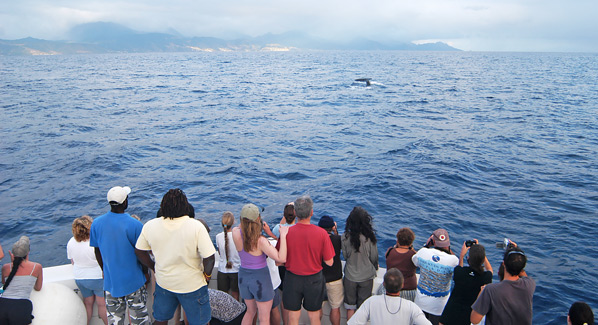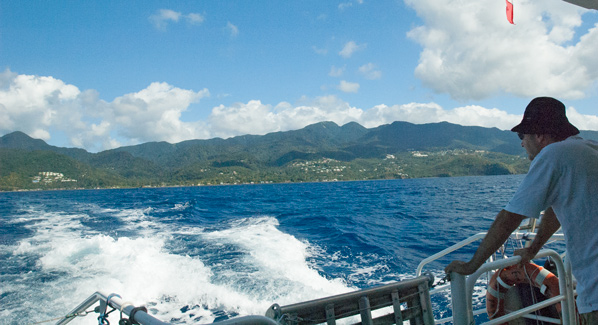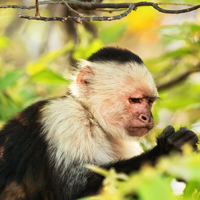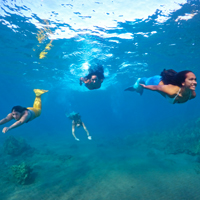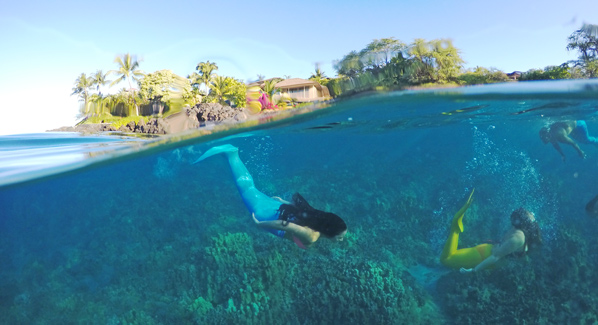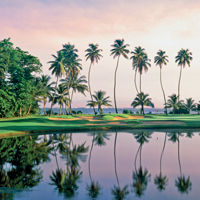With more than 20 championship courses to choose from, Puerto Rico is the grand dame of Caribbean golf. And a number of the island’s premier courses offer more than great play, as they are attached to world-class resorts. Here are five of the island’s best places to stay and play.
St. Regis Bahia Beach Resort
Nature comes into play at this Robert Trent Jones Jr. course, which is tucked into a native maritime forest between the ocean and the foothills of the El Yunque Rainforest. The course, which has been awarded Audubon International Signature Sanctuary status, plays through dense forest and winding lagoons, with 15 holes guarded by water hazards, and the final three finishing along the beach. With five tee sets providing a long game of just over 7,000 yards, play can be relaxing or challenging. The same foliage that provides scenic enhancement also shelters fairways from prevailing ocean breezes, though the final three beachfront holes can provide exhilarating late-round birdie opportunities in downwind conditions. Onsite facilities include a large driving range, practice area, and a plantation-style clubhouse with a pro shop and restaurant.
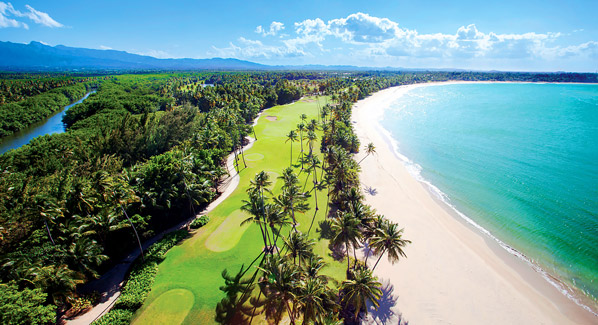
The course at Bahia Beach plays through a landscape of native forest and lagoons before arriving at the beach. The grounds have been awarded Audubon International Signature Sanctuary status. Photo: St. Regis Bahia Beach
The 483-acre grounds of the Bahia Beach Resort stretch along two miles of private beach, and more than 65 percent of the land remains undeveloped and protected as a nature preserve. There are miles of walking and bike trails, a bird sanctuary and kayak and canoe trails along 80 acres of lakes and the Espíritu Santo River. The 139-room hotel is the Caribbean’s first St. Regis property, and Puerto Rico’s first AAA Five Diamond rated resort. Guest rooms feature beamed ceilings, private terraces and upscale touches such as 300-thread-count linens. Onsite amenities include chef Jean-Georges Vongerichten’s Fern restaurant, the 10,000 square-foot Reme?de Spa, a seaside swimming pool and esplanade, fitness facility, tennis facility, 24- hour concierge, and St. Regis’s signature Butler Service.
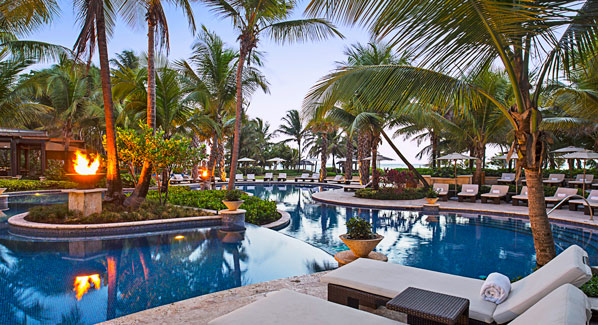
Bahia Beach is the first St. Regis property in the Caribbean, and Puerto Rico’s first AAA Five Diamond rated resort. More than half of the 483-acre grounds are set aside as a nature preserve. Photo: St. Regis Bahia Beach
Wyndham Grand Rio Mar Beach Resort & Spa
As the name promises, Rio Mar (river and ocean in English) gives players a choice between a Greg Norman-designed course along the Mameyes River, and a Tom and George Fazio course that delivers ocean views. The 6,782- yard Ocean Course is one of Puerto Rico’s most popular, with a classic layout that features four sets of tees, numerous bunkers and elevated greens. The signature 16th hole, an oceanside par 3, is regarded as one of the Caribbean’s best. The adjacent River Course plays 6,945 yards and is suitable for all skill levels, with wide fairways, open greens, shallow bunkers and light rough. When creating the course, Norman made a special effort to preserve native foliage and let the natural terrain determine placement of all holes. Rio Mar is also home to Puerto Rico’s only resort-based golf academy.
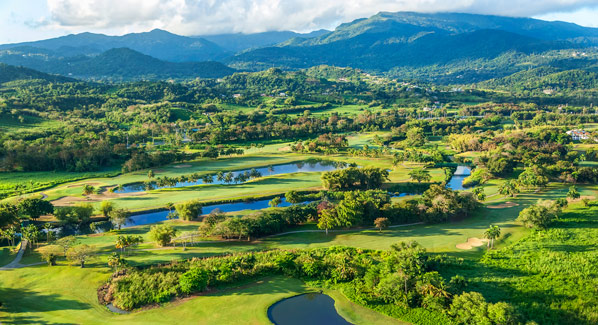
Rio Mar offers two courses set along river and ocean, with views of El Yunque rainforest in the background. The Ocean Course is one of Puerto Rico’s most popular. Photo: Victor Elias/Wyndham
The Rio Mar resort sits on 500 landscaped acres overlooking a mile-long stretch of Atlantic coast beach. Each of the property’s 400 rooms and suites has recently undergone a comprehensive renovation, and all feature private furnished balconies with views of the ocean or the El Yunque rainforest. There are five full-service restaurants on the premises, with menus created by Executive Chef Ramón Carrillo to reflect a diverse range of both innovative and traditional global cuisines. Recreational amenities include a tennis complex and watersports center. The full-service Mandara Spa provides more than 25 unique treatments inspired by indigenous products and Balinese therapeutic techniques. Guests can relax with oceanfront meditation and in-room yoga or work with the resort’s concierge staff to plan action packed days on land or water.
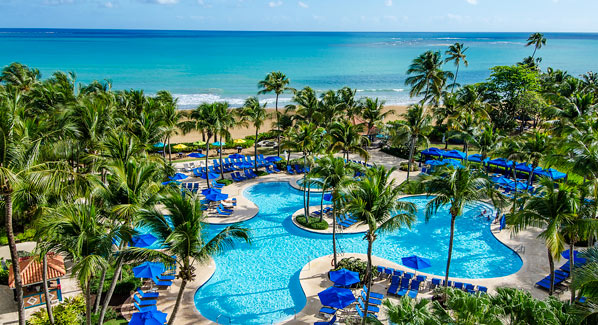
Wyndham Grand’s Rio Mar Beach Resort & Spa sits on a 500-acre oceanfront site fronted by more than a mile of beach. The property has recently undergone a complete renovation. Photo: Victor Elias/Wyndham
El Conquistador Resort
The Arthur Hill-designed course at El Conquistador is not your typical resort course experience. Elevation comes into play from the very first hole, where an elevated tee shot puts players on the first of many sloping and rolling fairways that reward precision while directing poorly-placed balls towards woods or water. The course rises and falls through 200 feet of vertical relief, with more elevated tees and numerous uneven lies along the way. But while challenging, the course is ultimately rewarding, and adds the bonus of sweeping views of ocean and rainforest. There is an on-site pro shop and available PGA instructor.
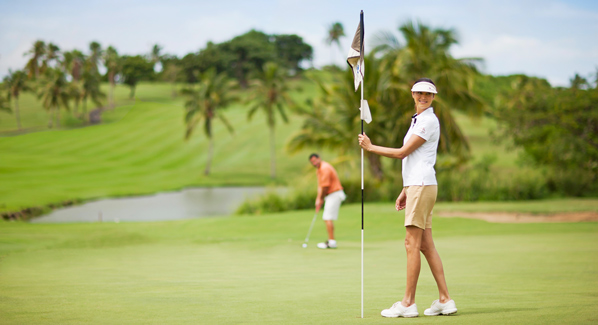
Located on a plateau high above the ocean, the course at El Conquistador features numerous elevation changes and sloping fairways that require strategic placements and careful attention to terrain. Photo: El Conquistador
The 984-room El Conquistador is a premier Waldorf Astoria property, and Puerto Rico’s most expansive resort complex. There are seven pools and a water park on site; four fine dining venues and 11 additional casual restaurants. The resort’s central area includes game rooms, markets, an ice cream parlor, cafes and two fully equipped fitness centers to work off those indulgences. A water taxi connects to beaches at nearby Palomino Island, where guests can enjoy water sports, snorkeling and horseback rides. Two on-site spas specialize in Thai massages, ocean detoxes, and aqua therapy, and for those who can’t leave the office behind, there is a modern business center. As a lower-key alternative to the main resort complex, there are the villas at Las Casitas, which sit just a short shuttle ride away.
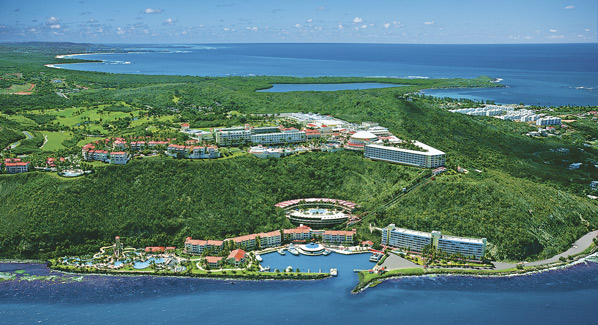
The expansive grounds of the El Conquistador resort complex include seven pools, a water park, 15 restaurants, two on-site spas and a marina. A private island lies just offshore. Photo: Thomas Shelby/El Conquistador
Dorado Beach, Ritz-Carlton Reserve
Puerto Rico’s top-rated course is the star attraction at Dorado Beach. For more than 50 years, the East Course has challenged and delighted dedicated amateurs and PGA pros alike. Created by legendary designer Robert Trent Jones Sr., the course now benefits from updates by his son, Robert Jr., and remains one of the Caribbean’s must-play rounds of golf. Most famous is the par-5 fifth, which no less than Jack Nicklaus has called it one of the toughest holes he’s ever played. But the East Course is just one of four at Dorado Beach. Jones Sr. also created the scenic West Course, orienting holes to bring the ever-present sea breezes into play. Also on the roster is the Sugarcane Course, which winds through rivers and lakes, with a challenging yet manageable number of forced carries and deep bunkers. More relaxing is the Pineapple Course, which offers wider greens, shallower bunkers and ocean views from several holes.
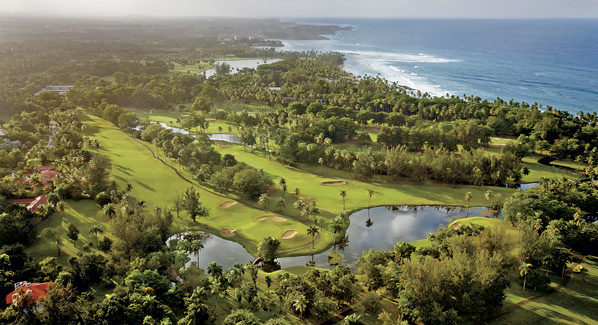
The East Course at Dorado Beach was created by Robert Trent Jones Sr. in 1958. Over the years it has hosted tour events, provided challenges and rewards for golfers from around the world. Photo: Ritz-Carlton Dorado
Built on the lushly landscaped grounds of the former Laurance Rockefeller estate, the Dorado Beach is a Ritz-Carlton Reserve property. The resort’s 114 oceanfront rooms combine the founder’s original environmental design philosophies with a modern minimal décor. Rooms open directly onto beachside terraces that blur the boundaries between indoors and outside. A range of beachside dining options includes the signature Mi Casa from acclaimed chef José Andrés, who provides epicurean adventures that reflects Puerto Rico’s heritage. Also on the premises is Spa Botánico, a five- acre botanical sanctuary that provides a holistic yet modern approach to beauty and wellness, utilizing indigenous ingredients grown on site.
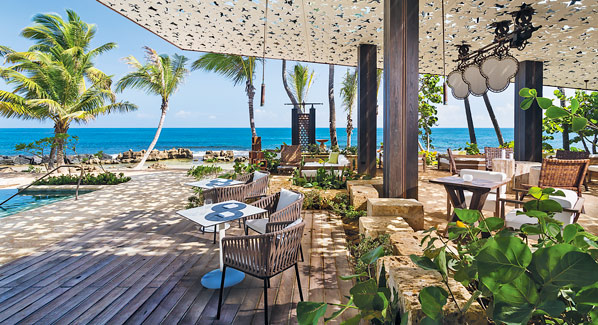
Rooms and public area at the Dorado Beach resort are positioned directly adjacent to the beach, and are designed in an open style that removes barriers between indoor and outdoor spaces. Photo: Ritz-Carlton Dorado
Royal Isabella
The Royal Isabella is unique among Caribbean golf courses. Perched cliffside on the island’s northwestern coast, this links-style course is the handwork of native sons Charlie and Stanley Pasarell, who set out to create a course for golf purists in the tradition of St. Andrews, Cabot Links or Pebble Beach. Working in collaboration with architect David Pfaff, they created a course that evolved from the land itself, integrating native grasses, natural sand dunes and deep canyons into the layout. After a series of jungle-shrouded holes on the front nine, the course moves cliffside to present a magnificent string of oceanfront challenges. The short but precise par-3 eleventh is the Caribbean version of Pebble Beach’s famous seventh, while the twelfth pays homage to the ocean carry at Hawaii’s Mauna Kea, with a tee shot over a cove of crashing surf.
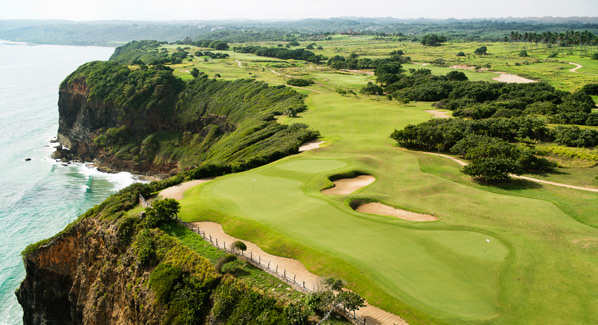
With a back nine that plays along ocean cliffs, the Royal Isabela course is unlike any other in Puerto Rico. Signature par-threes have been likened to Pebble Beach and Hawaii’s Mauna Kea courses. Photo: Joan Dost/Royal Isabela
The centerpiece of the 2,000-acre golf resort is La Casa, a castle-like stone edifice golf club and restaurant built in the style of a historic sugar mill, and housing the golf club and restaurant. Guests are accommodated in 20 stand- alone casitas set at a high point on the property that captures sea breezes and delivers sweeping ocean views. Each casita is terraced onto the hillside, with split-level layouts that feature high ceilings, rich woods and floor-to- ceiling windows opening onto private terraces with plunge pools. Four- poster beds are draped with decorative netting, while separate living areas create additional private spaces. The emphasis is on tranquility, with a private beach at the base of the cliff, and the Pasarell family farm in the adjacent river valley, where guests can hike, bike and kayak.
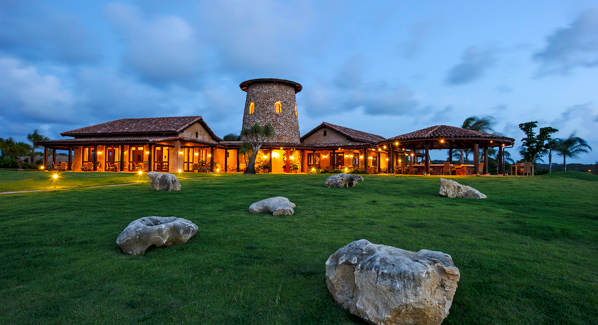
Built to resemble an 18th century sugar mill, La Casa at Royal Isabela is the gathering place for members and resort guests. A collection of individual villas sits on nearby hillsides. Photo: Joan Dost/Royal Isabela
